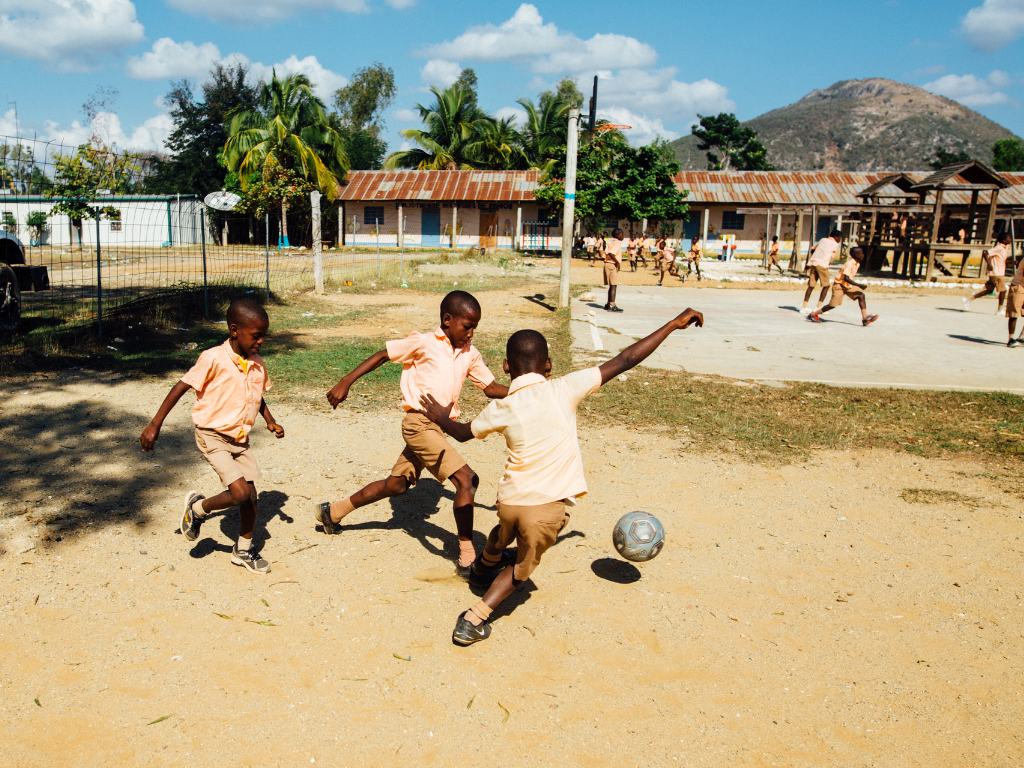Are children getting sufficient physical exercise?
Posted by Janice Scheckter on 09 May 2024, 10:40 SAST

According to an article published on The Conversation, in January 2023, physical inactivity is the fourth leading cause of death worldwide. It’s also associated with chronic illness and disability. Recent research estimates that the world could see close to half a billion new cases of major chronic diseases by 2030 if people don’t get more active. Regular physical activity helps to prevent and manage many chronic diseases. Popular ways to be physically active include walking, cycling, and playing sports.

The World Health Organization (WHO) recommends that children and adolescents (5-17 years old) get an average of at least 60 minutes per day of moderate to vigorous intensity physical activity. This should incorporate vigorous aerobic activities, as well as those that strengthen muscle and bone, at least three days a week. It’s also recommended that children spend no more than two hours a day on recreational screen time. These recommendations aim to improve children’s physical and mental health, as well as cognitive outcomes.
Issue
Findings indicate that children and adolescent who do not meet recommended physical activity guidelines are at an increased risk of negative outcomes as well as developing related chronic diseases at a much earlier age.
Way forward
We need to persistently advocate for policies and practices, anchored in the African context, and promote equitable opportunities for children to engage in physical activity. These can include active school recesses and extracurricular programmes. Countries need to ensure access to safe, free public spaces, green spaces, playgrounds and sporting facilities.
Finally, researchers and public health practitioners must track the progress towards meeting the WHO’s targets.
SOURCE: The Conversation
